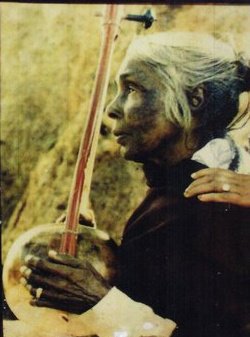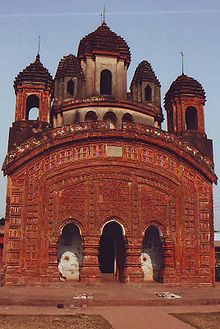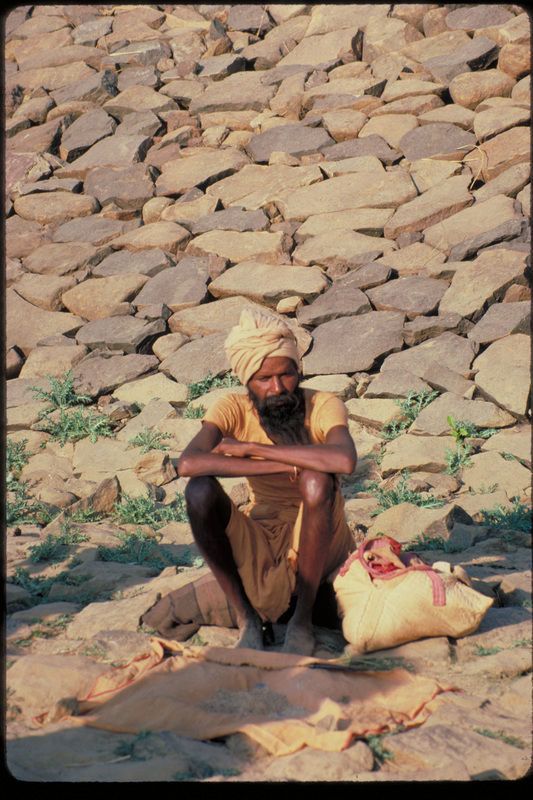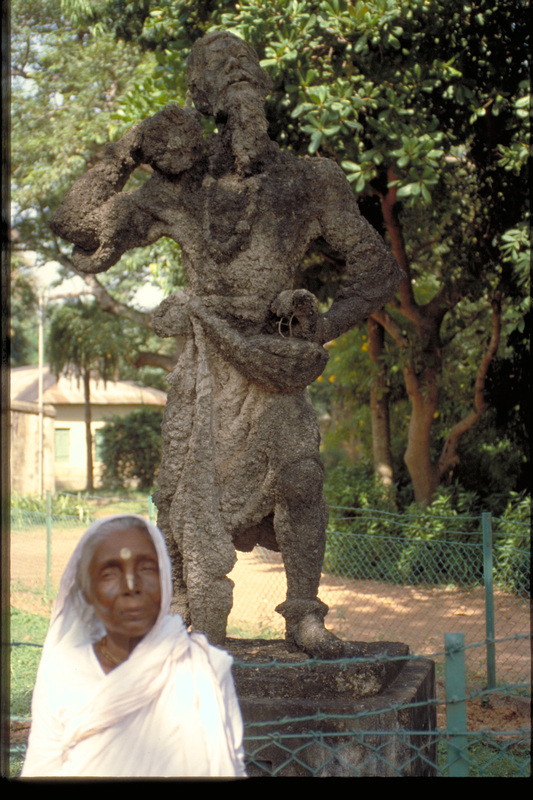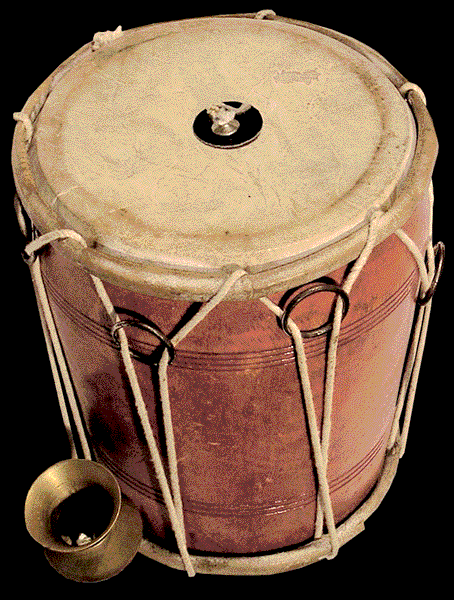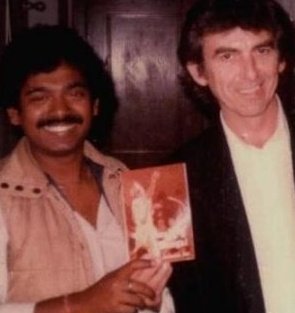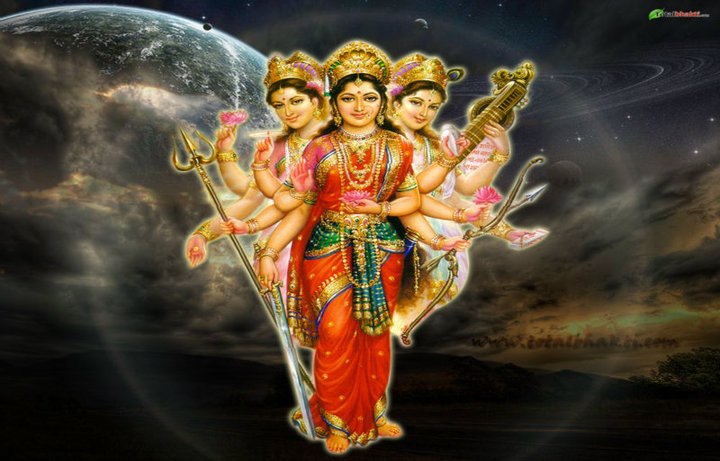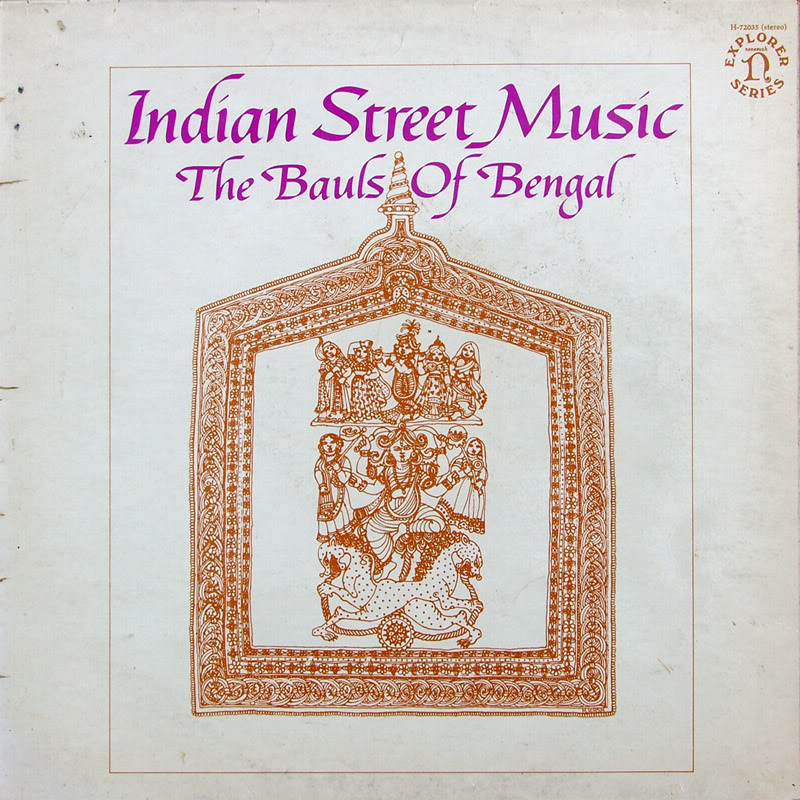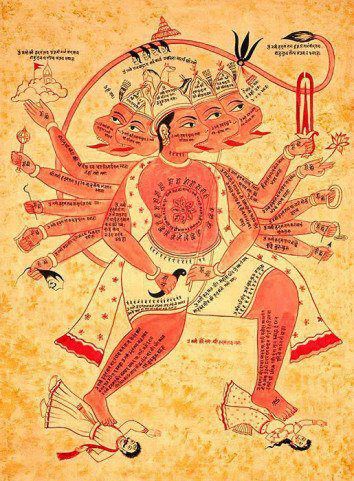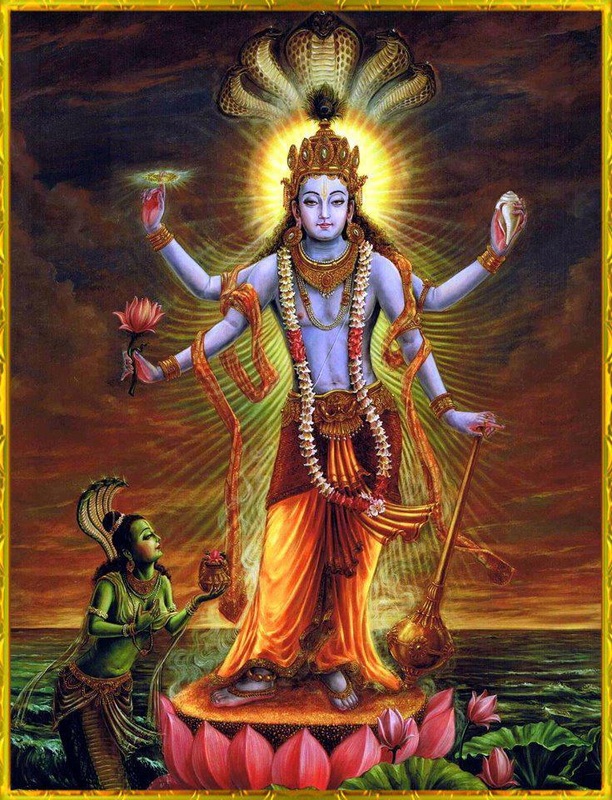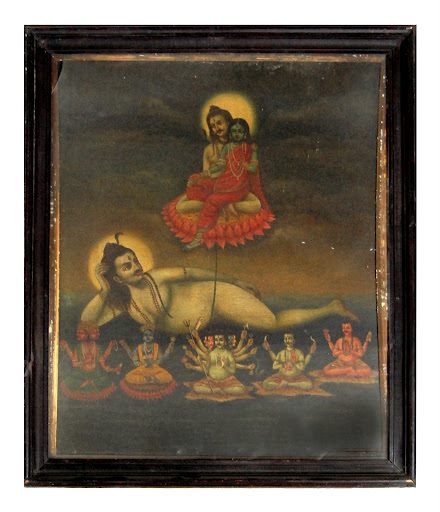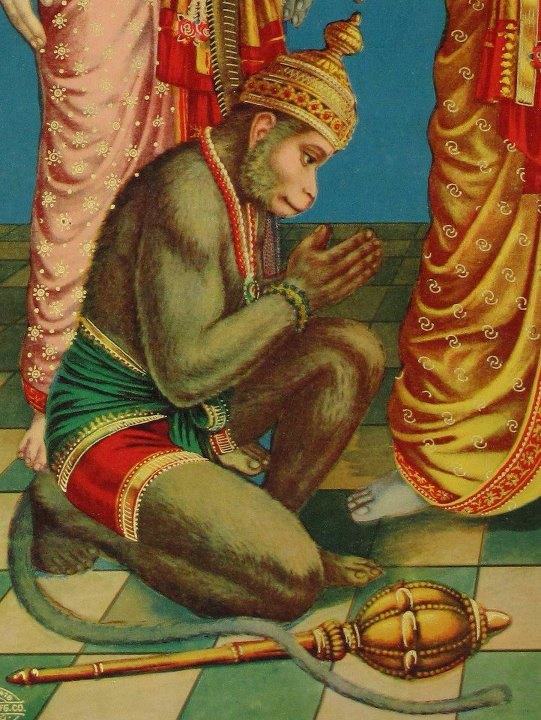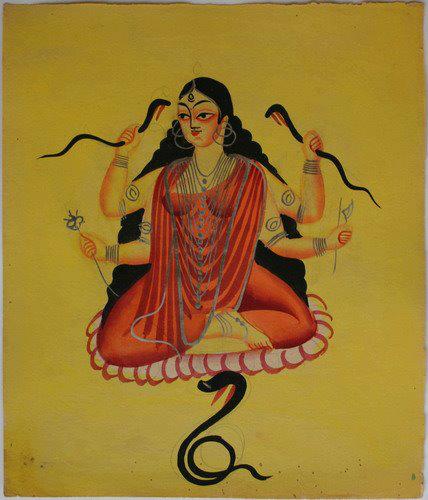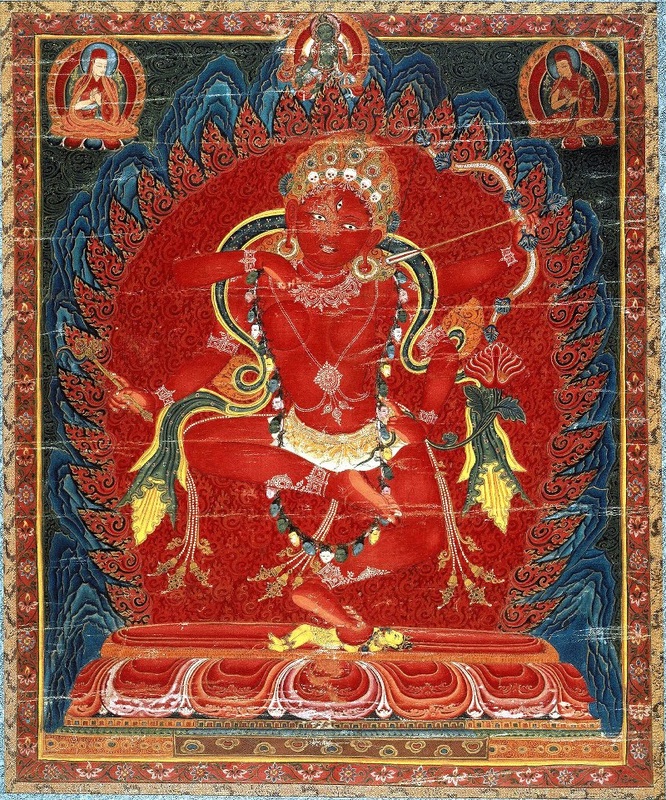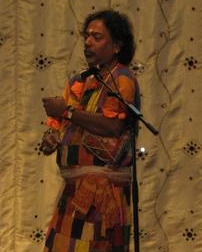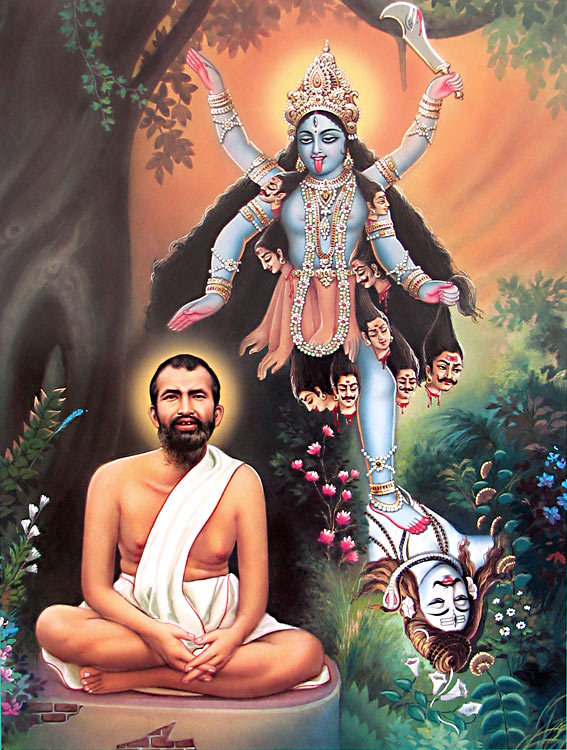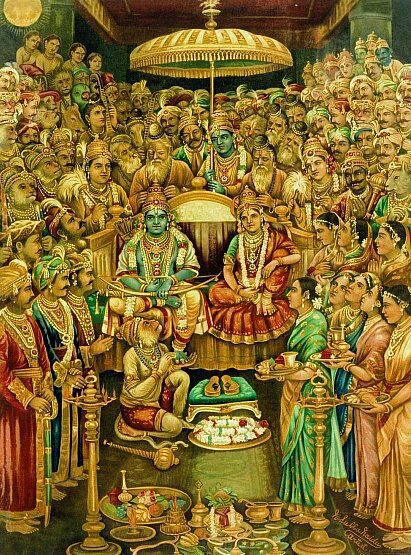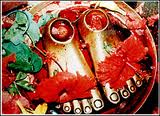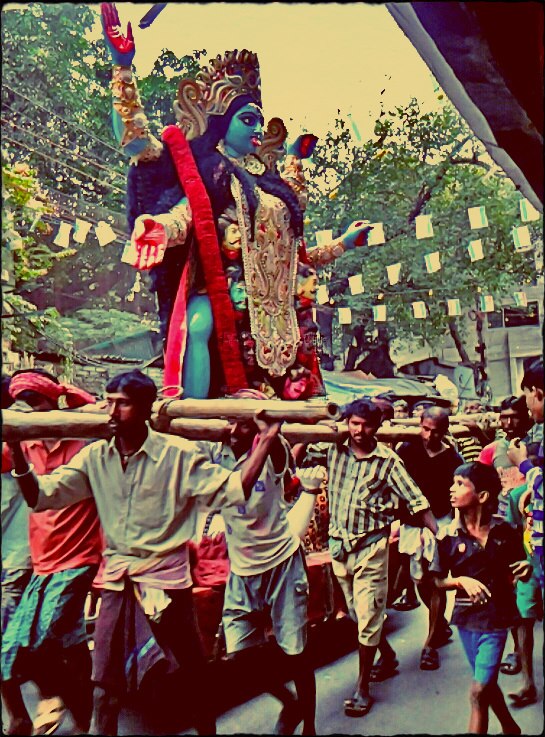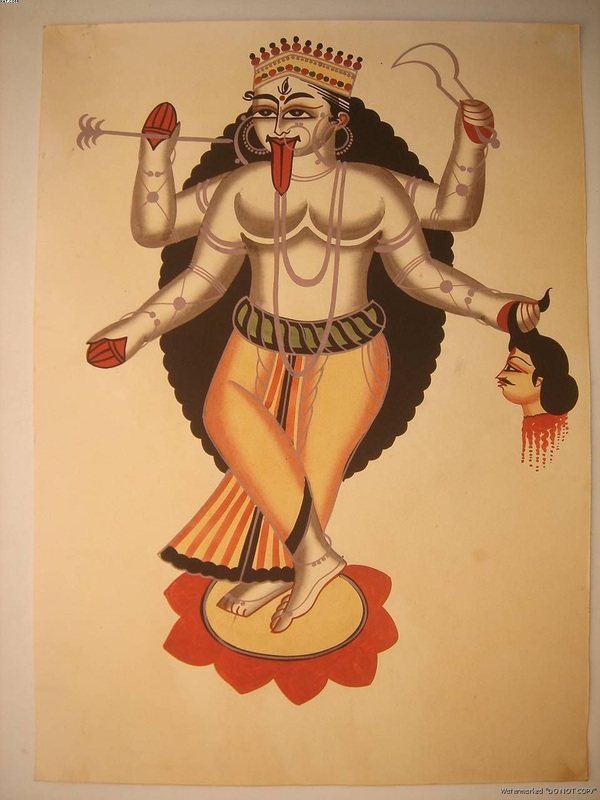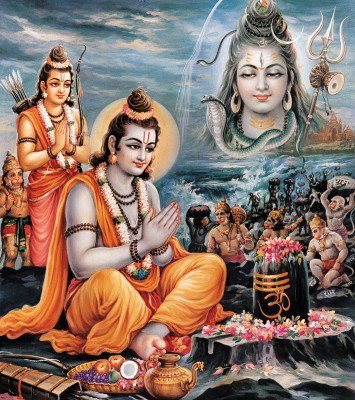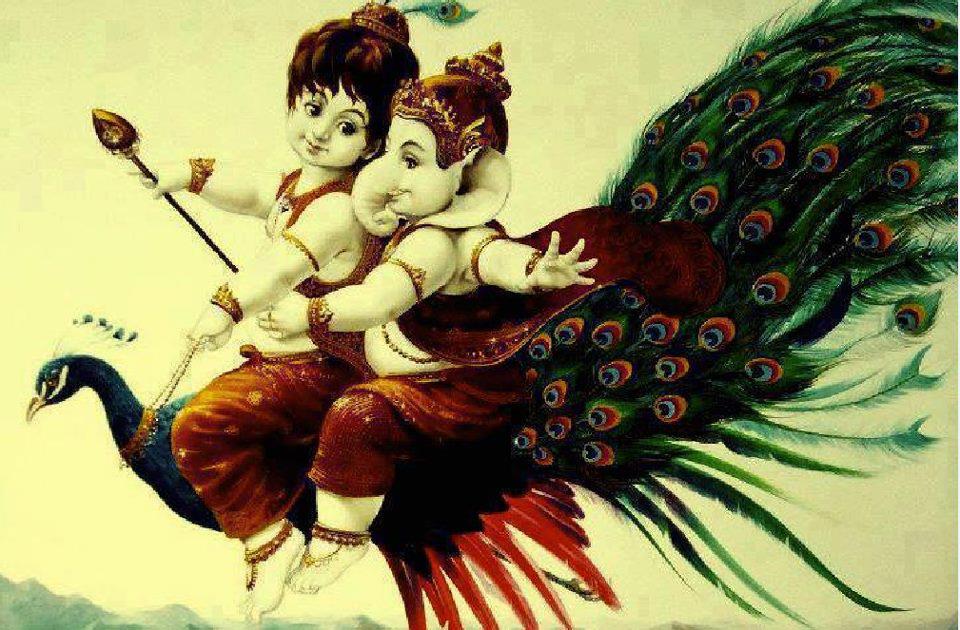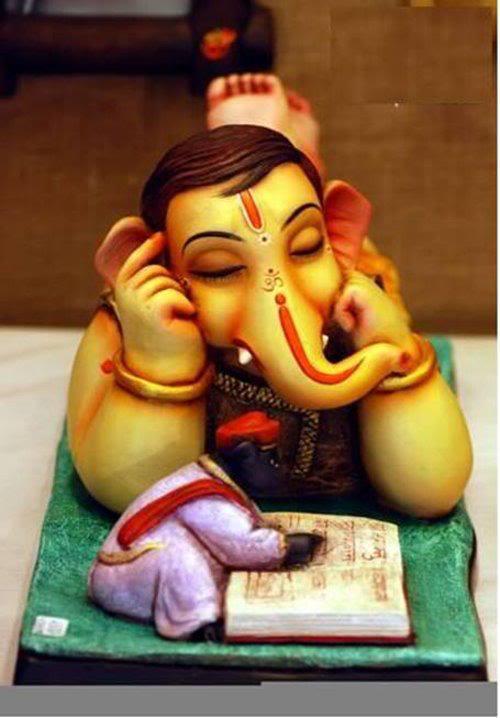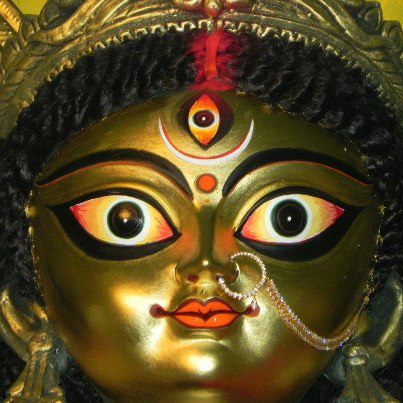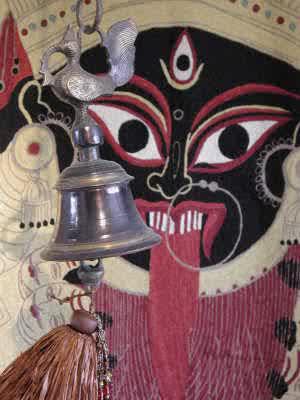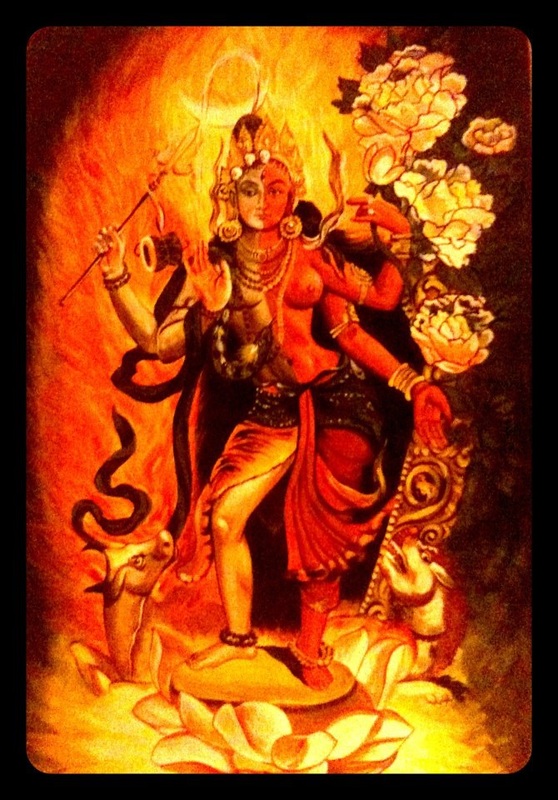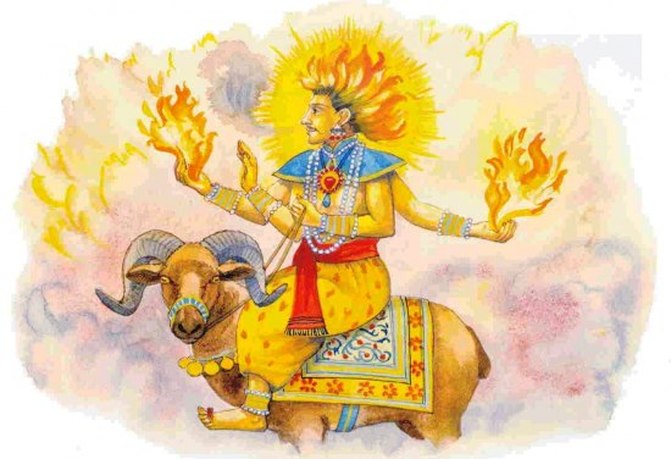
Agni is symbolic of cleansing impurities and evil. When agni leaves our
body, then we are the undertaker’s guest. That is true of any living thing
except they deteriorate in nature. Agni or fire is, one of the Pancha
Mahabhutas....They are bhumi-earth; jala-water; agni-fire;
pavan-air and akash-aether. The human body and all of creation is made up of
these five essential elements. Upon the cessation of life, the human body
dissolves into these five elements of nature. This balances the cycle of nature.
Agni is the element that brings fold images of immense energy; the element that
gave humanity the chance to survive; the element that would ultimately destroy
everything at the end of Time. Fire appears to be predominantly destructive but
it is also a constructive force that ignites the growth and development of
living things. It is nature and it can also destroy nature. Fire has been
venerated in Hindu culture and customs. It has been part of Indian civilization
also.
BIRTH:
Lord Agni is described as the son of the Vedic gods,
Dyaus Pita, Heaven and Prithvi Mata,Earth. Thus he is Lord Indra's twin. They
perform complimentary functions. Indra transmits energy to the Earth in the form
of his thunderbolt. Agni takes energy from the Earth to the Heavens in its
swirling smoke. He is also the life giver in all three lokhas.
Agni is also stated to be the son of Lord Brahma and he is named as Abhimani as Brahma’s son. He is also reckoned as one of the Aditiyas and to be amongst the children of Kasyapa and Aditi. The Father of Mankind, the Pitris also stake a claim to
Agni’s birth. One is not to be confused with epithets of gods and goddesses as
sometimes they show similarity of their identities. Brihaspati and Brahmanaspati
are also regarded as being identical with Agni and nearly the same epithets are
also applied to them. But they seem to have additional attributes when presided
over in prayers. Sometimes Brihaspati and Brahmanaspati are addressed as
separate deities.
Agni is one of the few gods who have retained their
supremacy in the Hindu hierarchy of gods, from the Vedic age till today and has
the largest number of hymns addressed to him. He is the priest of the gods and
the god of the priests and serves as the liaison between gods and men. He
presides over all the great events of a person’s life and at the end it is Agni,
through the flames of the funeral pyre, who accepts the body as an offering.
According to the Ramayana, Agni assists Lord Vishnu when he takes Rama
avatar. In an episode, he marries a vanara to father a child called Nila. This
is also found in the Vishnu Purana which goes on to say that he married Swaha by
whom he had three offspirings, Pavaka representing electric fire, Pavamana
representing fire created by friction and Suchi which is solar fire.
NAMES:
Vahini: He who receives the homa or burnt sacrifice; Vitihotra: He who
sacrifices the worshipper; Dhananjaya: He who conquers riches; Jivalana: He who
burns; Dhumketu: He whose sign is smoke; Chhagaratha: He who rided on a ram;
Saptajihva: He who has seven tongues; Abhimini: Dignified and proud.
DEPICTION:
Agni, the God of Fire, is represented as a red man having two faces,
three legs, two to seven arms, dark red eyes, thick eyebrows and hair. His two
faces are symbolic of agni being destructive and constructive. He three legs
represent the three worlds that it is present in and seven arms that represent
the seven directions that he covers. So it is said that seven streams of glory
radiate from agni’s body. It may also symbolize the Seven Rays, an occult
concept shared by other traditions.
In his hands he carries a spear: a fan, a cup and spoons and various implements used for fire associated ceremonies. He may have one or two heads and a pot-belly. Flames issue from his mouth with which he licks up as butter which the priest offers to the
sacrificial fire. The priest, while pouring butter in the fire summons ‘Svaha’
the consort of Agni, by name. Svaha is the name is mentioned each time an
offering is poured into the sacrificial-fire. This suggests that the
husband-wife duo is to be appeased together and reflects a rarely researched
proximity between the two.
He rides on a ram, wears a sacred thread, a garland of fruits and seven streams of glory radiate from his body. The ram is symbolic of animal sacrifice. In Graeco-Roman religions also involved burning the sacrificed animal on a fire-altar in front of the temple.
VAHANA SYMBOLISM:
Goat can mean a he or a she. Ram is an uncastrated adult male sheep.
While the ram is Agni’s vahana, its three colours, red, black or white
represents the three gunas; sattva, rajas and tamas. Goats are very symbolic of
sacrifice. Its horns symbolize power. The curve represents adaptability in
trying situations. The vahana of Goddess Kali is also a black goat. Agni’s ram
is called Mesha. Kubera also has a ram for his transport. Goats occasionally get
mentioned in Puranas. After Sati’s self-immolation, Daksha’s head gets chopped
off by Lords Siva. The gods beg for his mercy and Shiva breathes life into
Daksha by replacing his head with that of a goat. Apparently, the seeds that
fell from Prajapati transformed as goat. In all, goats are described both as
vahana and objects of sacrifice in Tantric texts also.
Gods that have goats as their vahana also symbolize that they have a hold and suppress ‘goat characteristics.’ Goats have a habit of not staying put in one place. They are
quite fickle minded, as in eating grass, they are never in one place, forever
hopping around. Even in excreting they use their little tail to wag and spread
their droppings. That is a sign of indiscipline. Rams also symbolize kama and
give a horny image. It can represent a lustful person. Then again goats, in
general, are symbols of simplicity, frugality and perserverance.
Spiritual practice calls for single pointedness. “Annam, aave,mannodhu kliye,
illikudam, aadu, neyyari” in Tamil is the classification of spiritual aspirants.
The second last “aadu” means goat. The goat category of spiritual students are
those needing improvement as they have a tendency to move from one school of
thought to another quite indiscriminately.
FORMS OF AGNI:
Ten different forms of Agni is recognised: 1.Regular Fire, 2.Sacrificial Fire produced from Arani or Idhma, which is by rubbing the fire-sticks, 3.InitiationFire at Upanayana ceremony of a child coming of age, 4. Fire kept in the house for Domestic rituals, 5.Fire spread by Lightening, 6. Fire in the Sun,7.Southern Fire for ancestors, 8. Funeral Fire used for cremation, 9.DigestiveFire, Jatharagni, and the last but most potent of all 10. Destructive Fire or Davagani which initiates the process of Maha-pralaya.
DIRECTION:
Agni is also appointed as one of the Ashta-digpals and is the guardian of theSouth-East direction. His wife is Svaha and his sons are Pavak, Pavaman, and
Shuchi, who according to the Vayu Puraan, stand for Electric fire, the fire
produced by Friction, and the Solar fire respectively.
VEDAS:
Rigveda surprisingly, also mentions that 'Agni dwells in the waters' and may even be
born from it! This may appear confounding till we think of fire arising from
lightening-strikes, natural gas surfacing through water, or even the under-water
volcanic eruptions! Because of the same reason, the Persians called their fire
god as Apam-Napat. The Vedic description is that of an immortal taking an abode
with mortals as their guests. He is one who rises before dawn and attends to all
sacrificial offices of Hindu rituals. He is the divinest among sages and
intimately acquainted with all forms of worship and ceremonies. He enables
humans to serve god in an acceptable manner which they could not perform
unaided. As a messenger he moves swiftly between earth and heaven. He is
commissioned by both men and gods to maintain a mutual communication through
hymns and convey to them oblations down from the sky to the sacrificial fires:
Rig Veda 1.26.3. Thus oblations become fragrant without which the gods do not
have satisfactory experience of the offering. When gods visit earth they are
accompanied by agni.
In Vedic hymns, Lord Agni is the Protector, King of Men; he dwells in every house. He shows no favoritism and despises none. Living in all homes, he is the silent witness and a mediator between the household and the gods. He participates in all auspicious and inauspicious occasions such as marriage and death. In the older hymns his abode is given to be in two pieces of wood, which rub together produce fire. Dry wood is supposed to be dead and it is remarkable that agni springs to life and consume the very
forewood. A parallel is drawn when a child is born, and from that minute, he
‘consumes his parents.’
One of the hymns of the Rig Veda, Kravyad happens to be the demon causing havoc. He is a flesh eating Rakshasa. Indra and Visishtha are called upon to kill the demon.They approach agni. However Agni is also a consumer of flesh and in that he is also a rakshasa so agni takes a different character and represented under a form as hideous as the rakshasas. He sharpens his two iron tasks and puts the enemies into his mouth and devours them. He heats the edges of his shafts, and sends them into the hearts of the
rakshasas, thus killing them.
MAHABARATHA:
Agni is exhausted and lacks
vigor as he had been devouring just too many oblations. He had to recuperate and
he plans to consume the whole of Khandava forest. He could regain his by doing
so. Indra becomes worried of agni’s newfound plans to gather more strength. That
would make them unequals. So Indra prevents him from the scheme. However agni
obtained the assistance of Krishna and Arjuna to baffle Indra. Khandava forests
goes up in smoke and Agni accomplished his object.
SKANDA KUMARA AND AGNI:
Skanda’ origins have been considered in previous postings. Kumara appears
as one aspect of the Rig Vedic god of war, Agni in Satpatha Brahmana. In Atharva
Veda his description includes Siva, Agni and the Krittikas as his parents. He is
also associated with Pahupati and Rudra in early writings. In Vanaparva, Chp 16
of the Mahabaratha, Skanda is the son of Agni and Svaha. Here Agni is identified
with Surya.
Mahabaratha also accounts Kumara being appointed as
generalissimo of the celestial army as the instance of Rudra, Uma and Agni
approaching Brahma for blessing. Brahma performs rites on the banks of river
Saraswathi. It is said that Skanda manifested in 4 forms: Sakha going to Ganga;
Visakha going to Parvathi; Naigameya to Agni and Skanda to Rudra. This ends the
dispute as to Kumara’s parentage. After Skanda kills the demon Taraka, some call
his victory name as the son of Maheshwara and others link him with Agni. Ganga,
Parvati and Krittikas chip in as well.
Ramayana has a direct reference of Agni and the birth of Skanda. Yet again, Skanda is described as the son of Shiva but the role of Agni is not underplayed as well. But Vayu Purna seems to confirm what is written in Mahabaratha Vanaparva that Skanda is the son of Agni by Savaha’s womb. Matsya Purana has an account of Agni swallowing
Shiva’s dripping semen, which is kept in a cave. Skanda is then born to the
Krittikas. In Vamana Purana, Skanda known as Karttikeya in this Purana is born
of Agni but the mother is given as Kutila from the Himalayas. In all there is an
allegory. Skanda is a Yogi of the father Shiva who is the Mahayogi. The energy
of emperuman Shiva, the transcendent Divine Being and Mother Parvathi, female
energy, descends to the level of matter, the ejected semen and taken by Agni,
the Sukshuma. Kartikeya is also linked to Surya who in turn is connected with
Agni hence Skanda and Agni have a Vedic and Puranic relationship.
AYURVEDA:
Agni is an essential element to sustain life and also aids in
physiological functions of the body. In Ayurveda, Agni is the first guardian of
health and manifests through ‘Jatharagni’, the digestive fire. Each time we eat,
we are in a sense making an offering to the digestive fire and these offerings
are transformed into nutrition or Prana for the body.
WORSHIP:
It is said that agni watches over his bhaktas who bring him food with a thousand eyes
over. His favourite is ghee. Agni is the guardian of immortality. Bhaktas gain
mastery and their enemies lose their power. In death ceremonies agni is asked to
warm the unborn part of the deceased and carry it to the world of dharma.
Bhaktas are carried across the sea of calamities. Agni is said to command the
riches of earth and heaven and bhaktas get agni’s blessing on this. He is the
forgiver of sins. As the lamp is lit, he is the remover of ignorance.
GAYATRI:
Om Maha jwalaya Vidhmahe, Agni devaya Dheemahe, Thanno Agni Prachodayat.
Hara Hara Mahadeva
Yogi Ananda Saraswathi
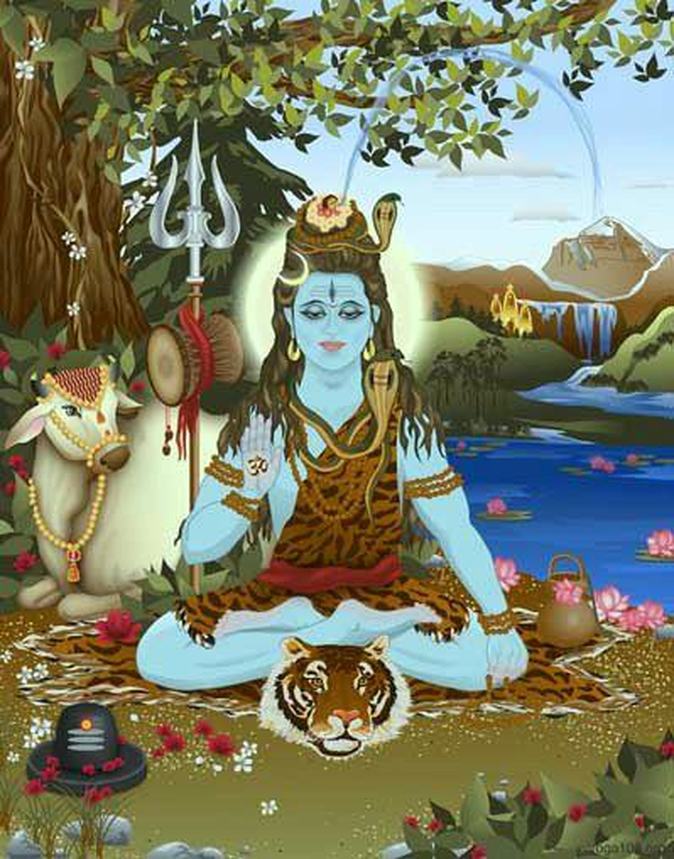
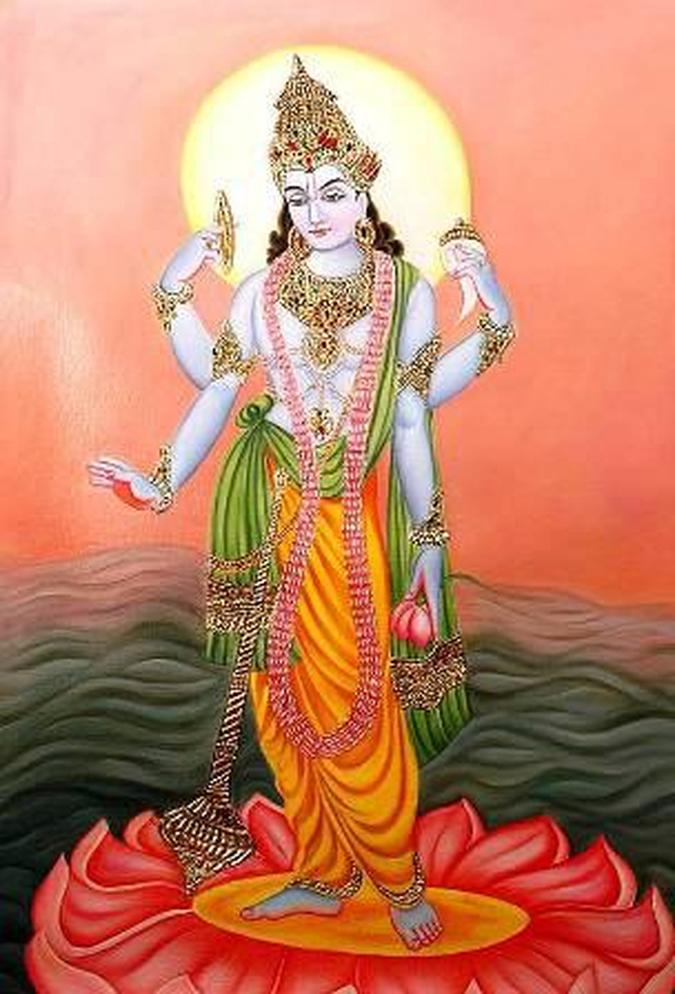
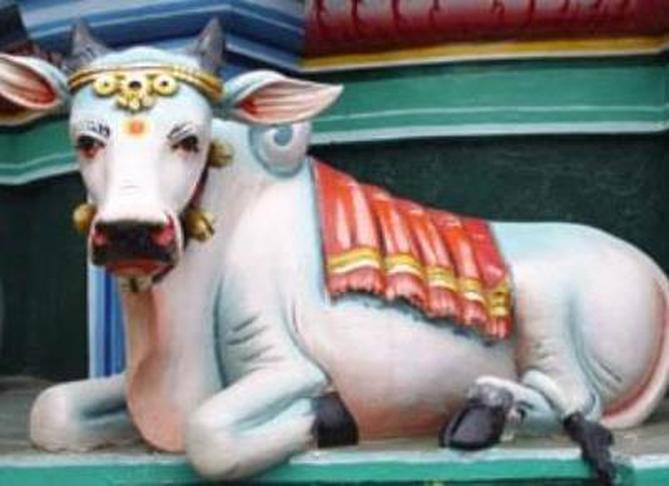
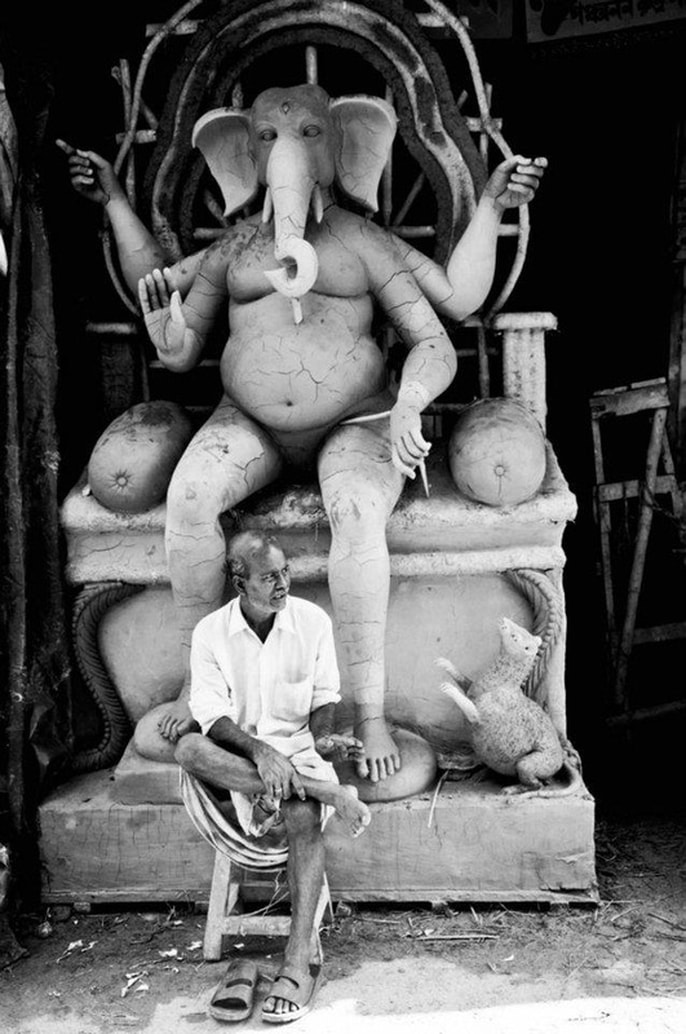
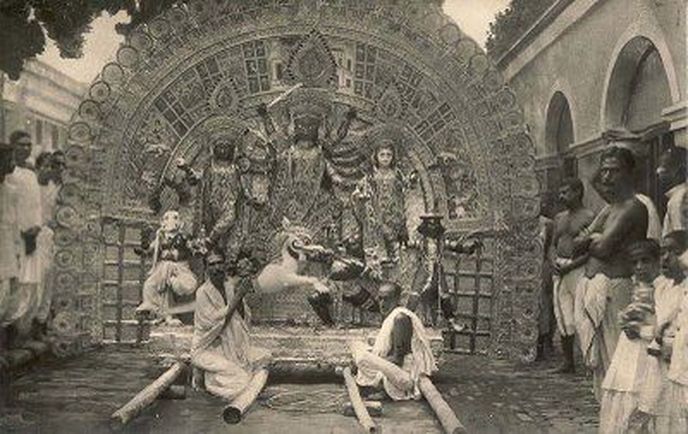
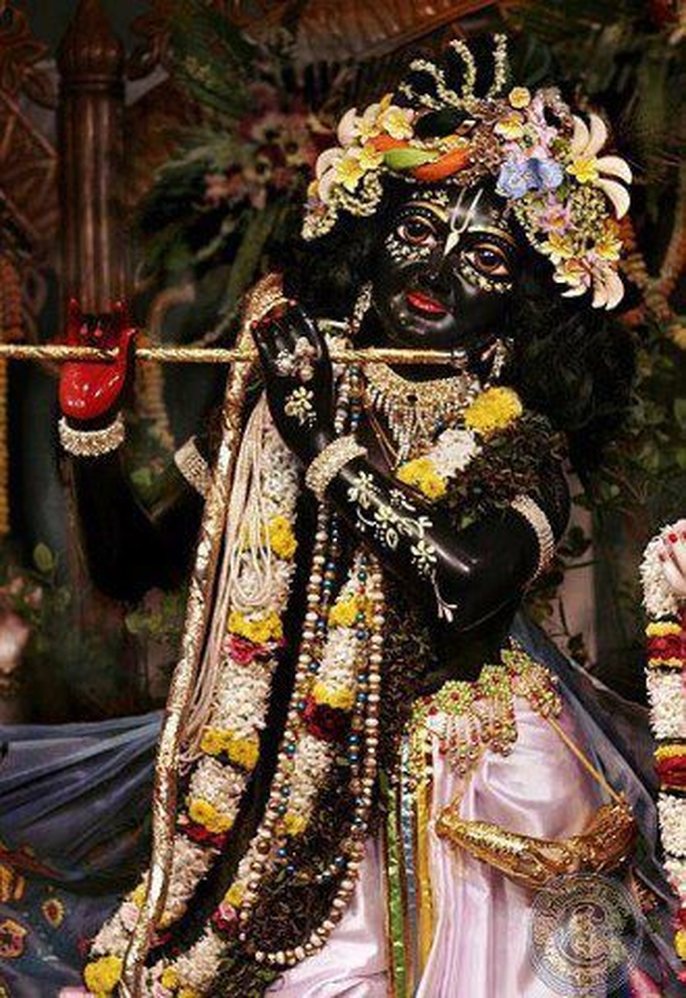
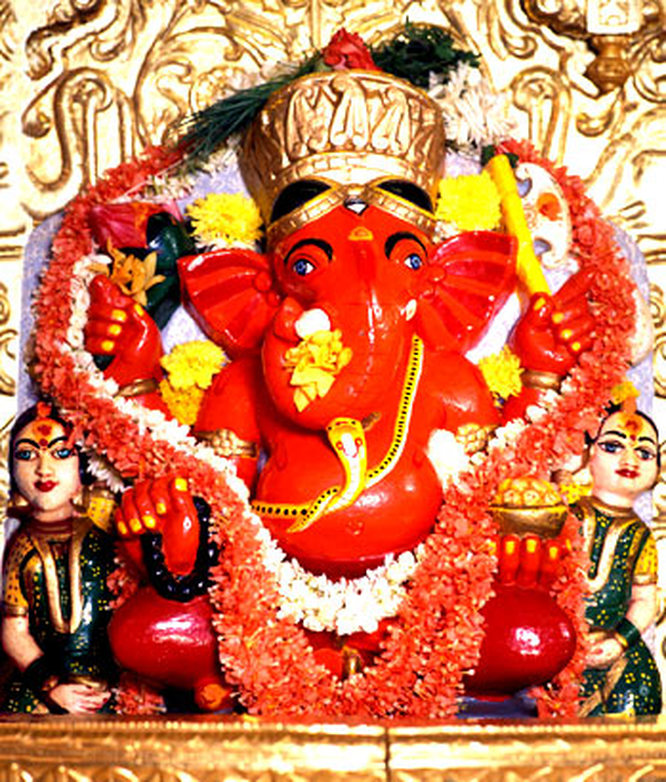
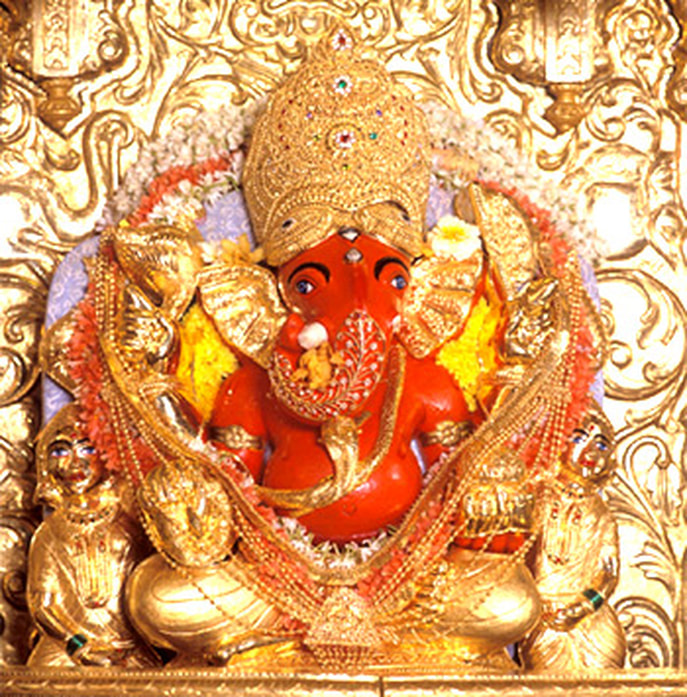
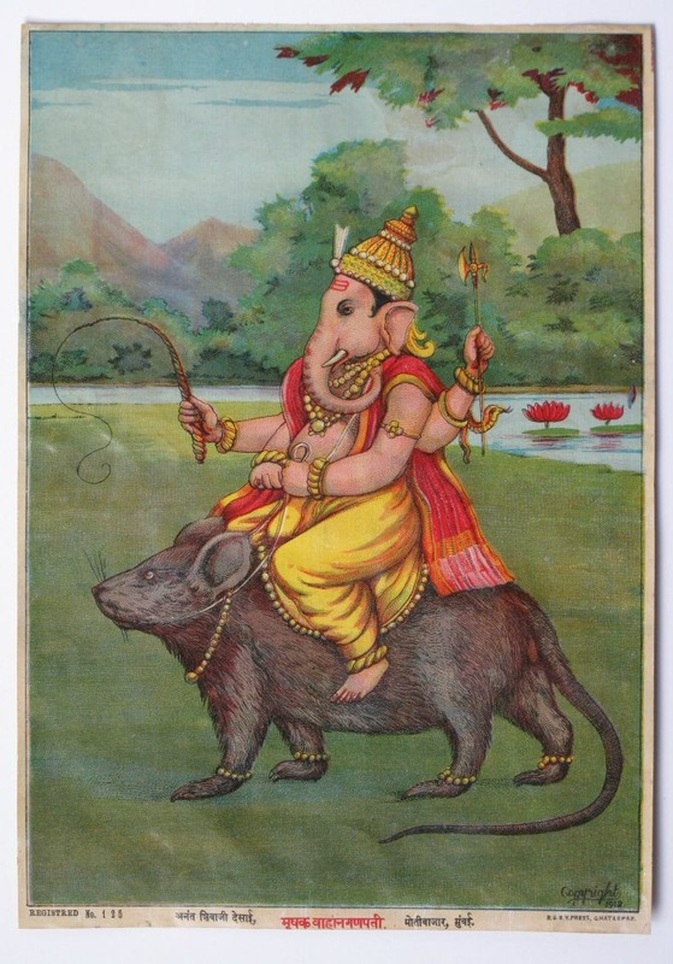
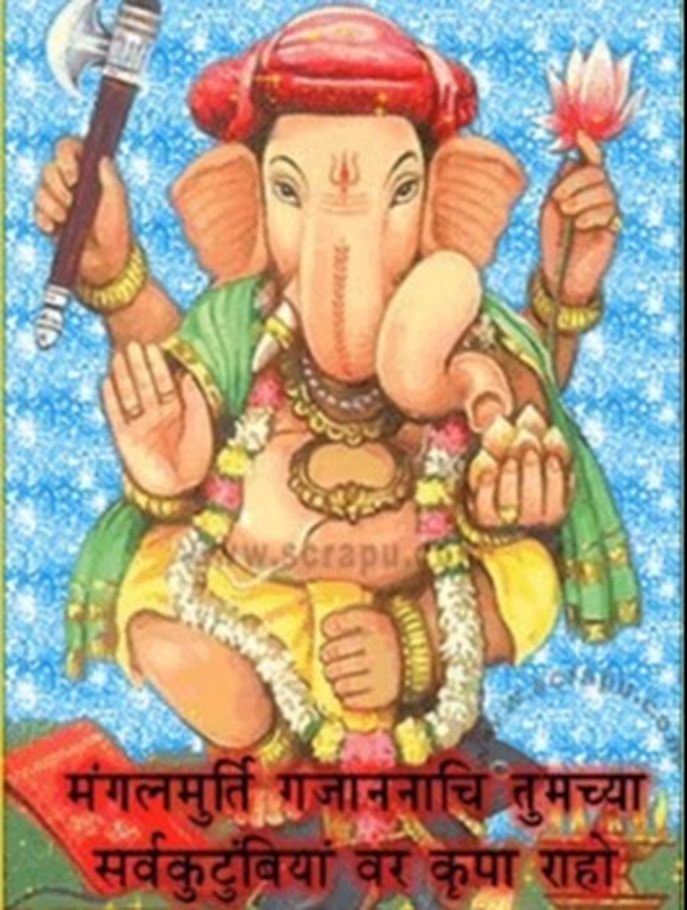
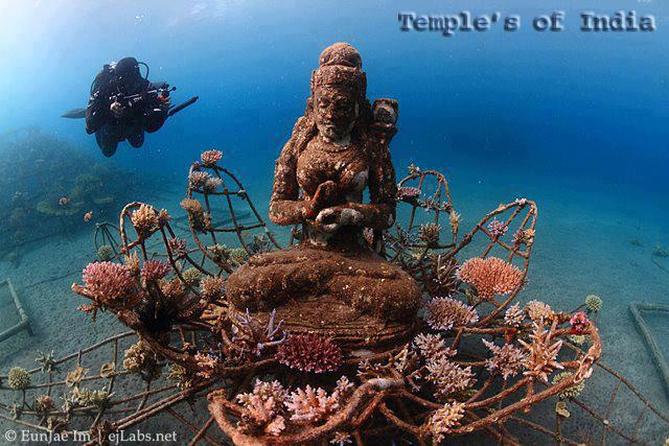
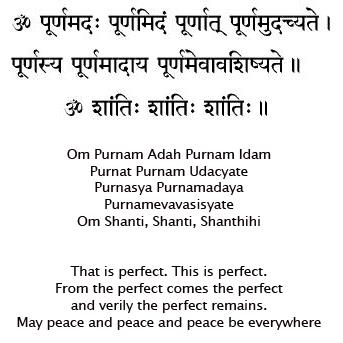
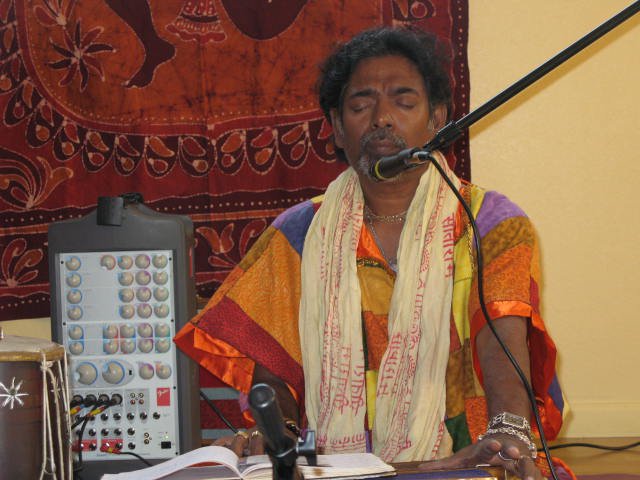
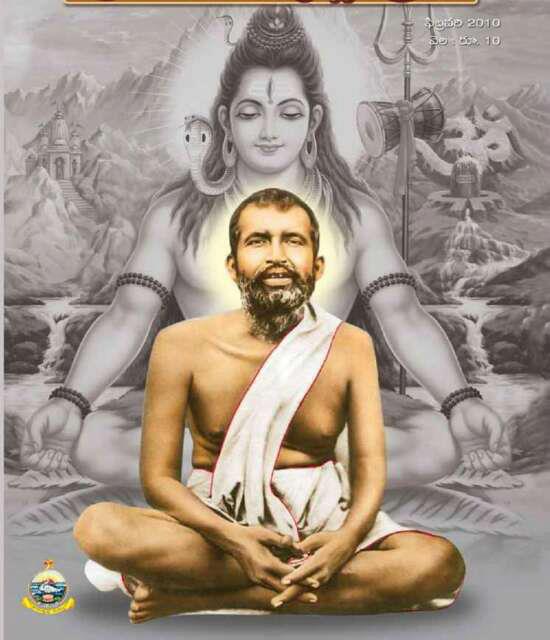
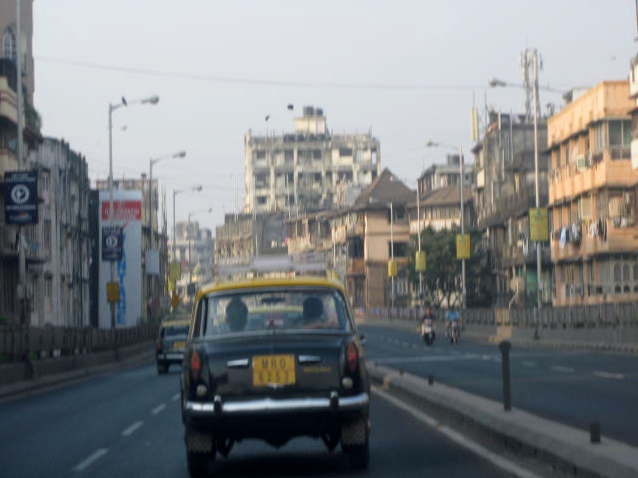
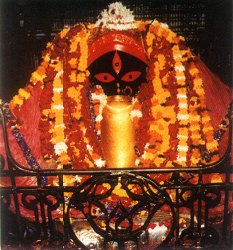
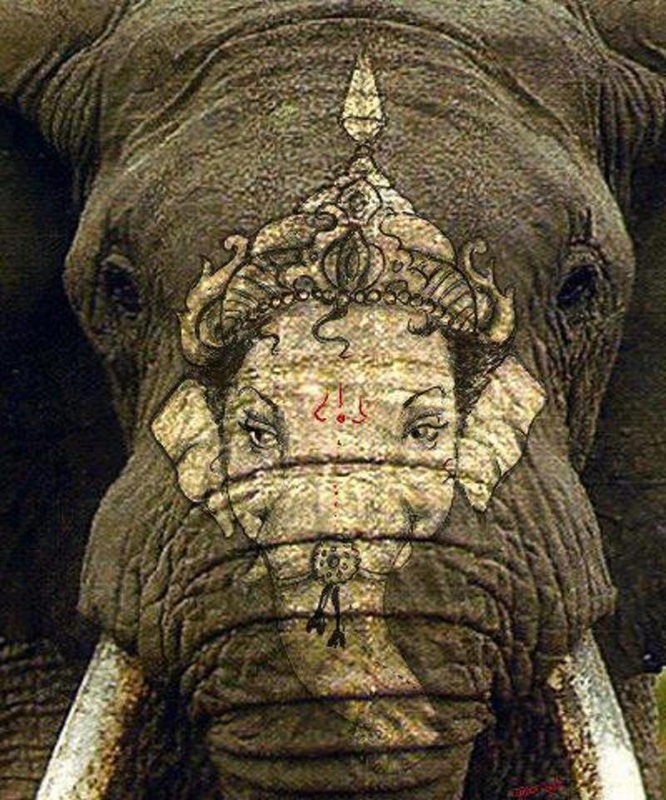
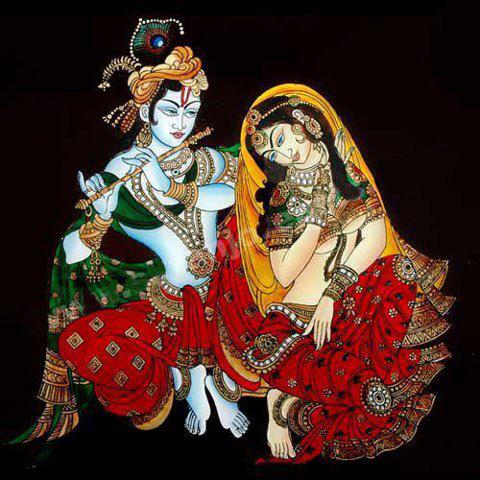
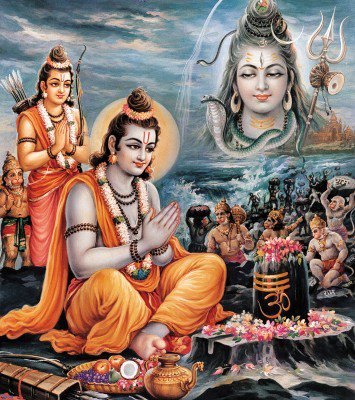
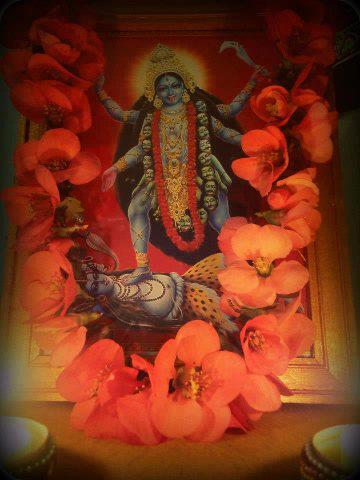
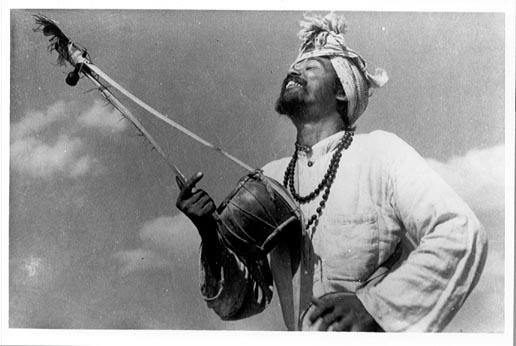
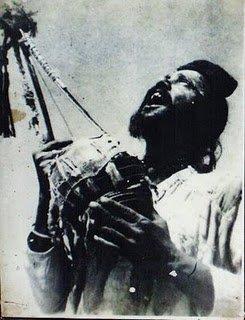
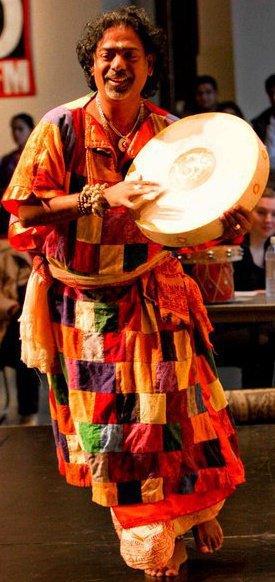
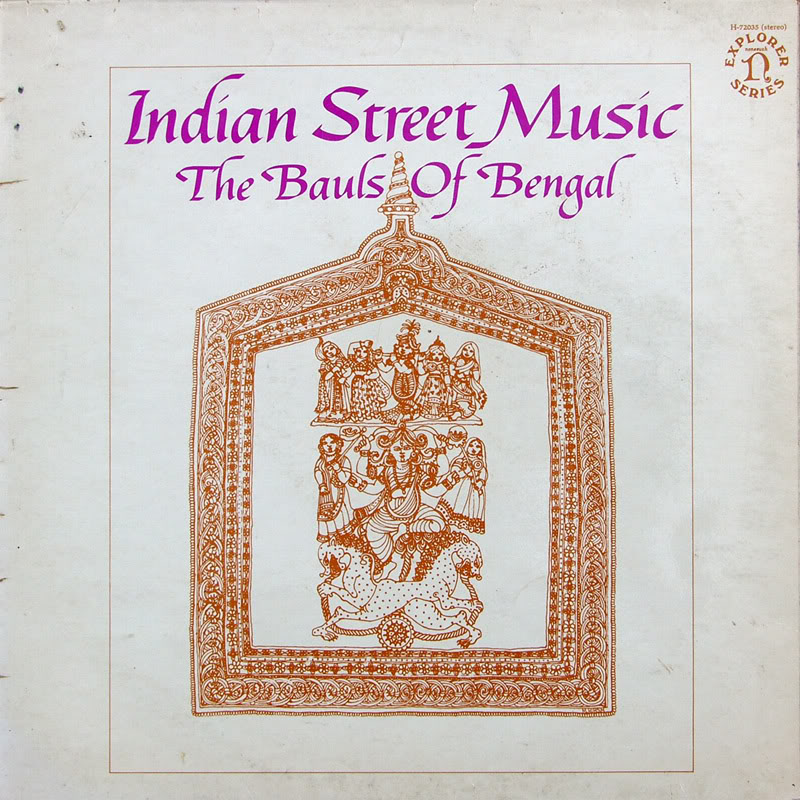
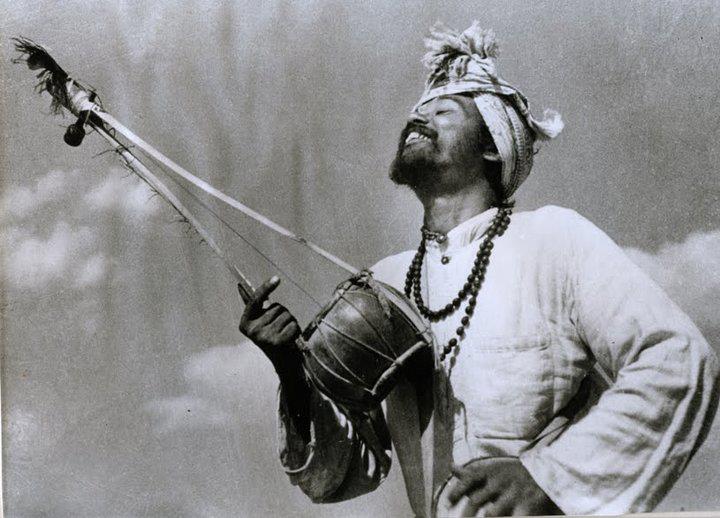
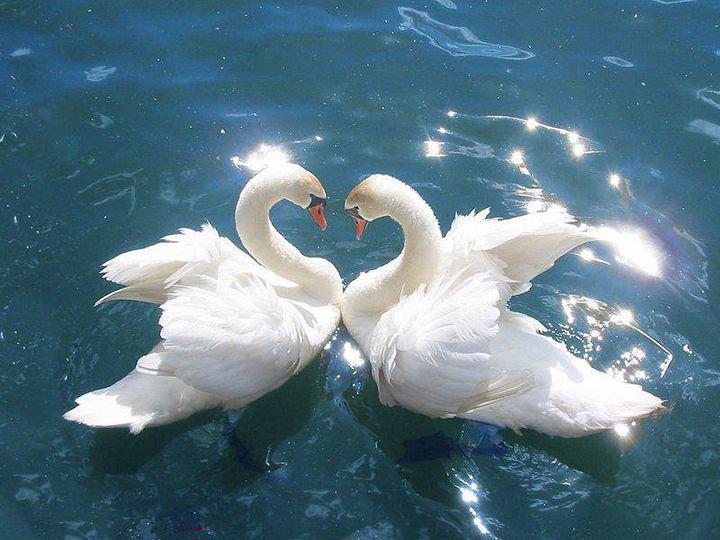
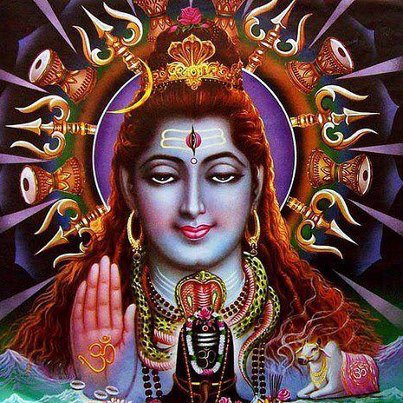
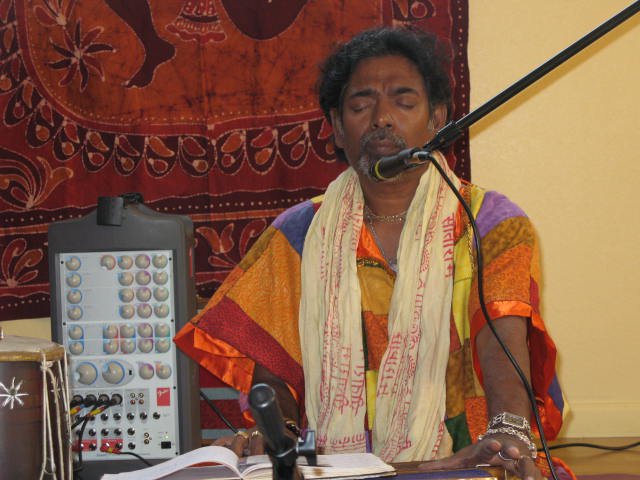
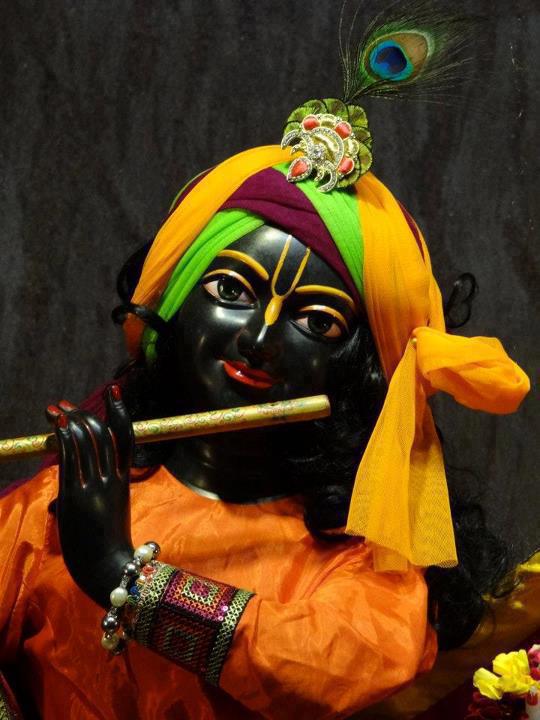
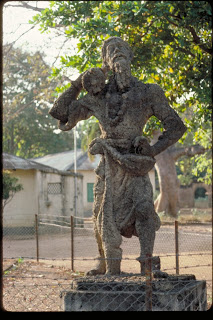
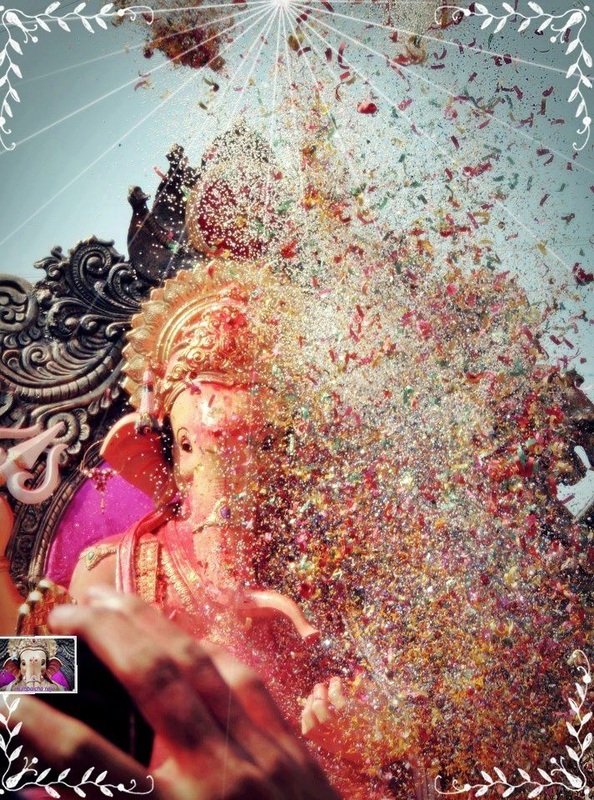
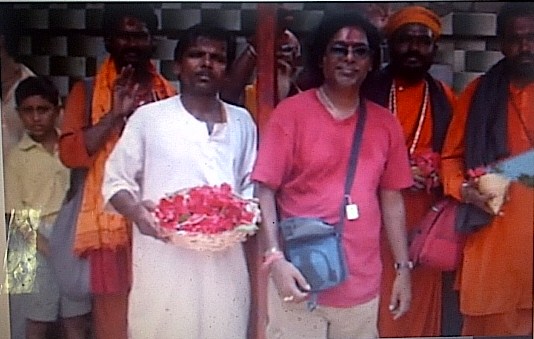
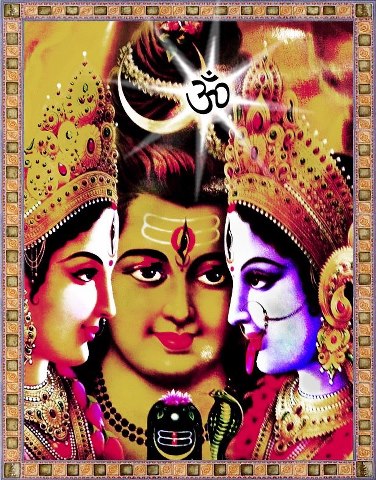
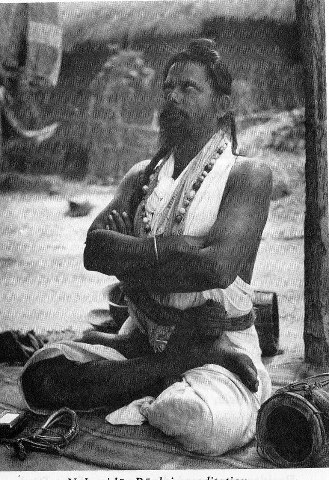
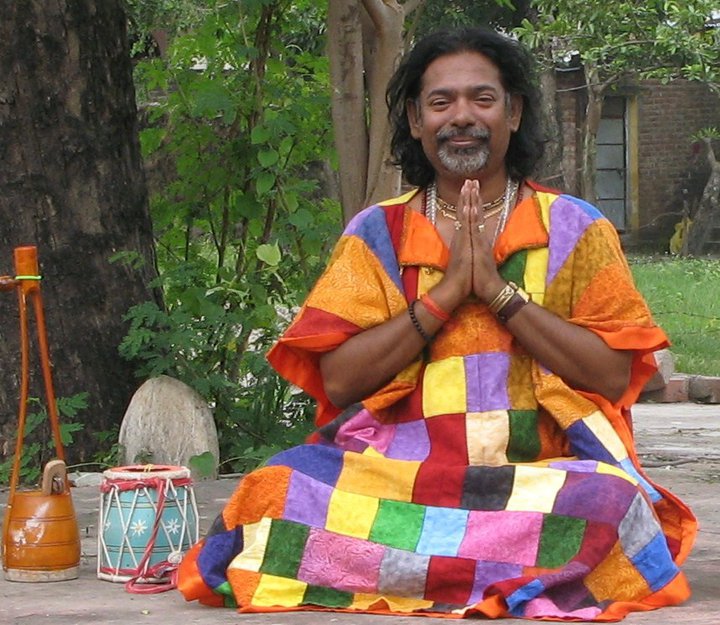
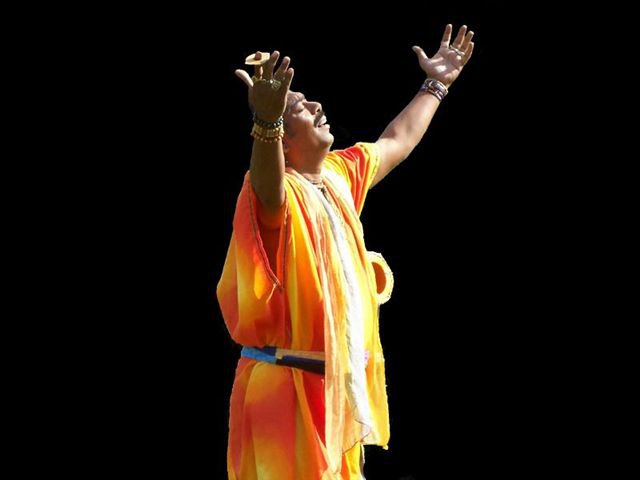
 RSS Feed
RSS Feed
